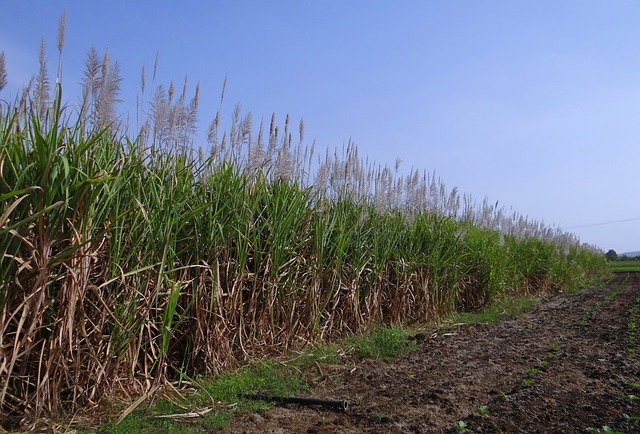The Institute contributes towards making the sugar industry more competitive by conducting research along the entire sugar value chain. In particular, it addresses the challenges facing the sector and spearheads efforts to diversify sources of sweeteners. The Institute headquarters is located along the Kisumu-Miwani Road in Kibos (Kisumu County). It has centres in Kibos, Opapo, Nyando Mumias, Mtwapa and Kikoneni.
The Institute’s mandate is to conduct research and develop appropriate production technologies and services for sustainable and enhanced production of sugar cane, related crops and their derivatives; the milling of such crops and marketing of sugar and its co-products. The Institute has a national mandate with the following objectives:
a) To generate and promote demand driven production technologies and innovations for sugarcane and related crops
b) To generate and promote appropriate sugar processing technologies, products and services
c) To strengthen appropriate policy and market options for enhancing integrated agricultural and sugar processing research
d) To strengthen effective and sustainable institutional capacity for implementing integrated agricultural and sugar processing research
e) To enhance availability of information on integrated agricultural and industrial sugar research
Contacts
Institute Director
Sugar Research Institute (SRI)
Kisumu – Miwani Road
P.O. Box 44 – 40100
Kisumu – Kenya
Tel: 254 020 204 7307 / 0735 33 99 12
Email: director.sri@kalro.org

